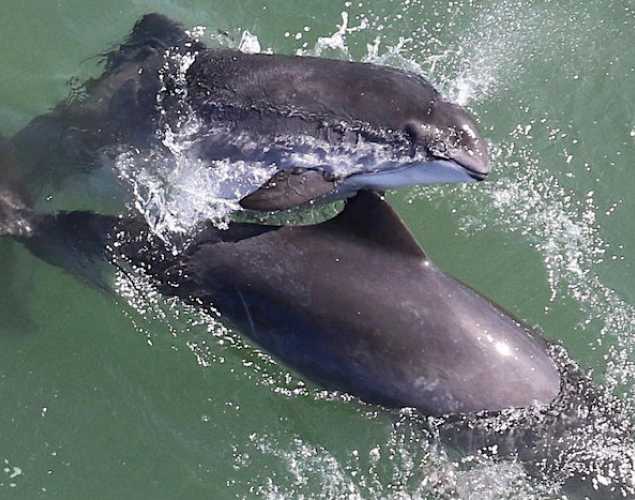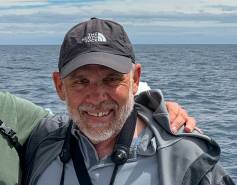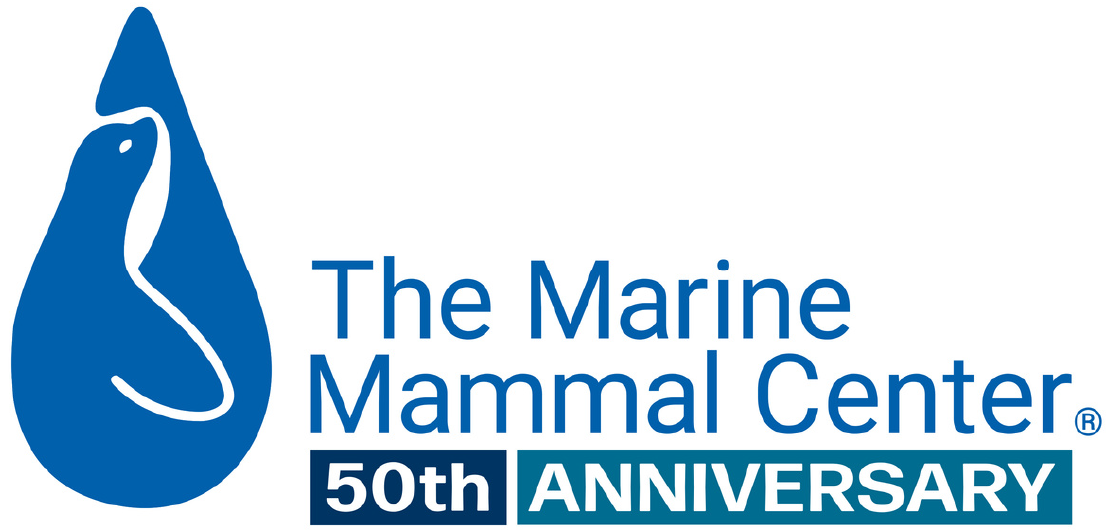
Sexual Behavior and Anatomy in Porpoises
- Behavior
- Natural history
Abstract
Among the taxonomic family of porpoises (Phocoenidae), mating behavior in nature has been described in detail only for the harbor porpoise (Phocoena phocoena). We review this species’ unusual mating habits based on a study in San Francisco Bay, California, USA, and present new data from across its range in the North Pacific, North Atlantic, Black Sea, and managed care. Results confirm the male’s unique laterality oriented solely to the female’s left side as contact occurred both in nature and managed care. The male’s high-energy sexual approach to the female led to splashy aerial behavior at the surface in nature. Drone footage provided observations of subsurface mating behavior, including evidence of male–male sexual interactions and a male calf interacting sexually with its mother. Harbor porpoise reproductive anatomy is also presented, with new comparative information on the vaquita (Phocoena sinus). The harbor porpoise’s lateralized behavior and anatomy (i.e., long asymmetric penis, large testes size, convoluted asymmetric female reproductive tract) may have coevolved. We note gaps in knowledge, suitable platforms for future investigations (drones, bridges, boats, and coastal cliffs), and what is known about mating behavior in other porpoise species, including hybridization. We conclude with conservation implications for porpoises and encourage researchers to recognize and report mating behavior as baseline data valuable for establishing marine conservation areas.
Webber, M.A., Keener, W., Wahlberg, M., Elliser, C.R., MacIver, K., Ortiz, S.T., Jakobsen, F., Hamel, H., Rieger, A., Siebert, U. and Dunn, H., 2023. Sexual behavior and anatomy in porpoises. Sex in cetaceans.
Meet The Experts
{"image":"\/People\/Portrait\/cropped-images\/marc-webber-0-196-1204-940-1618436847.jpg","alt":"Marc Webber","title":"Marc Webber","text":"Cetacean Field Research Associate","link_url":"https:\/\/www.marinemammalcenter.org\/person\/marc-webber","link_text":"Read Bio"}

Related Publications
{"image":"\/Animals\/Patients\/Harbor seals\/hs-by-bill-hunnewell-c-the-marine-mammal-center.jpg","alt":"harbor seal in a life preserver enrichment item","title":"Enrichment as a Tool for Rehabilitating Harbor Seals","link_url":"https:\/\/www.marinemammalcenter.org\/publications\/enrichment-as-a-tool-for-rehabilitating-harbor-seals","label":"Research Paper"}

{"image":"\/Animals\/Wild\/Harbor porpoise\/cropped-images\/harbor-porpoises-foraging-by-marc-webber-c-the-marine-mammal-center-4-0-1276-996-1618438446.jpg","alt":"harbor porpoises eating a large fish","title":"Prey-Related Suffocation in Harbor Porpoises","link_url":"https:\/\/www.marinemammalcenter.org\/publications\/prey-related-suffocation-in-harbor-porpoises","label":"Research Paper"}

{"image":"\/Animals\/Wild\/Harbor porpoise\/cropped-images\/harbor-porpoises-aerial-view-badge-by-marc-webber-c-the-marine-mammal-center-0-88-1280-999-1618509985.jpg","alt":"Harbor porpoises seen from above","title":"Coevolution of Asymmetric and Spiraled Genitalia with Unique Mating Behavior","link_url":"https:\/\/www.marinemammalcenter.org\/publications\/coevolution-of-asymmetric-and-spiraled-genitalia-with-unique-mating-behavior","label":"Research Paper"}

Coevolution of Asymmetric and Spiraled Genitalia with Unique Mating Behavior
Read More{"image":"\/Animals\/Wild\/Harbor porpoise\/harbor-porpoise-shutterstock-2.jpg","alt":"harbor porpoise","title":"Harbor Porpoises Catching and Handling Large Fish","link_url":"https:\/\/www.marinemammalcenter.org\/publications\/harbor-porpoises-catching-and-handling-large-fish","label":"Research Paper"}

Related News
{"image":"\/Animals\/Wild\/Hawaiian monk seal\/cropped-images\/hms-wild-photo-1-c-noaa-pifsc-hmsrp-35-0-1270-992-1759760452.jpg","alt":"A Hawaiian monk seal rests on its side on a sandy beach.","title":"Where Do Hawaiian Monk Seals Live? And Other \u2018\u012alio Holo I Ka Uaua Trivia","link_url":"https:\/\/www.marinemammalcenter.org\/news\/where-do-hawaiian-monk-seals-live-and-other-ilio-holo-i-ka-uaua-trivia","label":"News Update","date":"2025-10-06 00:00:00"}

Where Do Hawaiian Monk Seals Live? And Other ‘Īlio Holo I Ka Uaua Trivia
October 6, 2025
Read More{"image":"\/Animals\/Patients\/Elephant seals\/cropped-images\/es-hoffman47927-photo-by-bill-hunnewell-c-the-marine-mammal-center-124-0-1270-992-1748384535.jpg","alt":"An An elephant seal\u2019s face with long black whiskers and wide eyes emerges from the water. ","title":"Adaptations of the Deep: Seal Whiskers and Eyes","link_url":"https:\/\/www.marinemammalcenter.org\/news\/adaptations-of-the-deep-seal-whiskers-and-eyes","label":"Patient Update","date":"2025-05-28 02:00:00"}

{"image":"\/Animals\/Wild\/Humpback whale\/cropped-images\/humpback-whale-sea-lions-photo-c-bill-hunnewell-102-0-1270-992-1743014972.jpg","alt":"A California sea lion jumps out of the ocean next to a humpback whale showing its tail and another whale showing its back.","title":"What is the Loudest Animal on Earth? And Other Animal Trivia","link_url":"https:\/\/www.marinemammalcenter.org\/news\/what-is-the-loudest-animal-on-earth-and-other-animal-trivia","label":"News Update","date":"2025-03-26 07:00:00"}

{"image":"\/Animals\/Wild\/Guadalupe fur seal\/cropped-images\/gfs-wild-photo-by-marc-webber-193-0-1270-992-1739906952.jpg","alt":"A Guadalupe fur seal floats in the water with its flippers raised. ","title":"Your Visual Guide to Sea Lion and Seal Behavior","link_url":"https:\/\/www.marinemammalcenter.org\/news\/your-visual-guide-to-sea-lion-and-seal-behavior","label":"News Update","date":"2025-02-18 02:00:00"}


